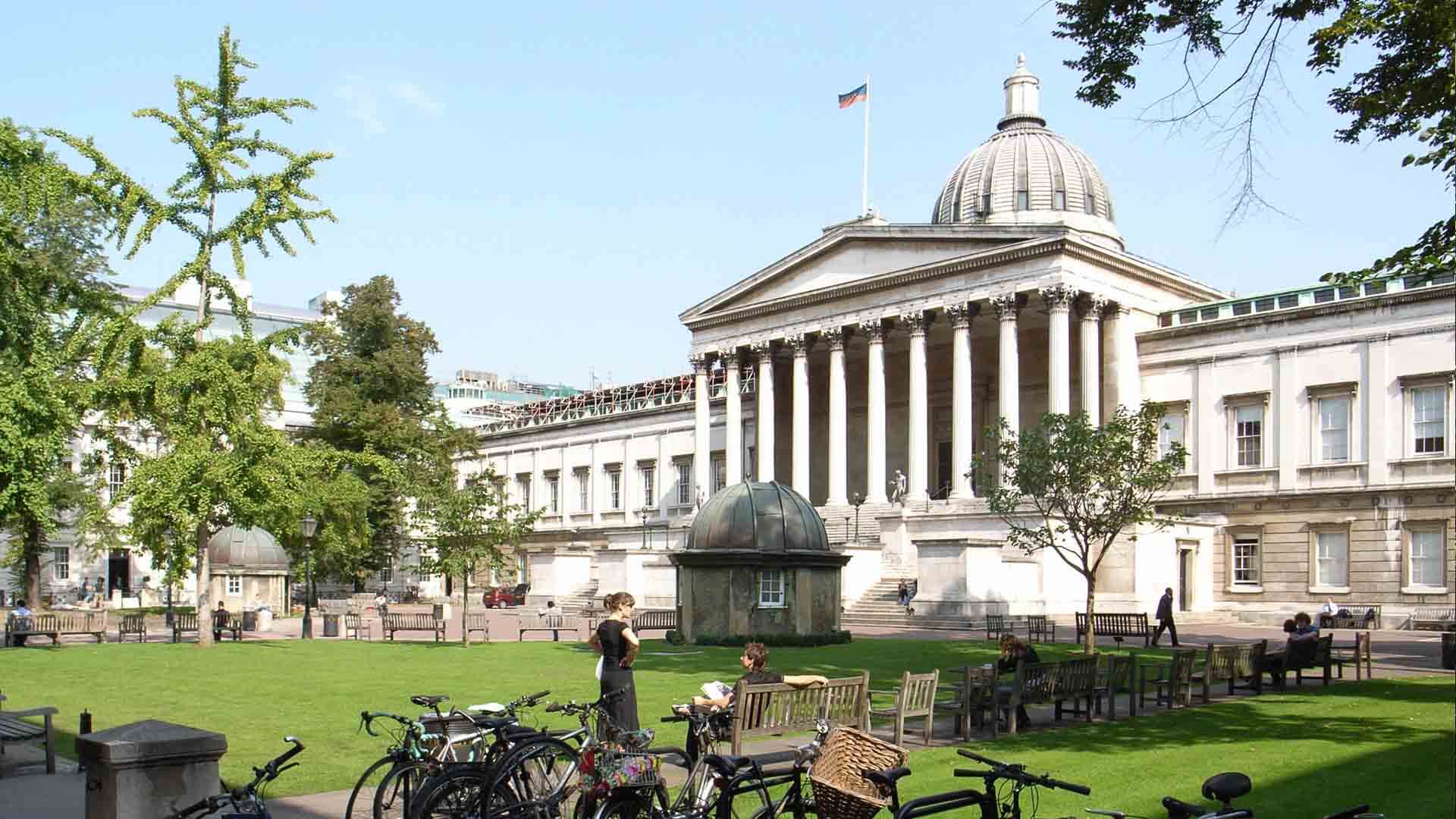
The Champions League Conundrum: Unpacking the Impact of Football’s Biggest Signings
The UEFA Champions League, football’s most prestigious club competition, is a crucible where legends are forged and dreams are shattered. For elite clubs, winning the coveted trophy represents the pinnacle of success, a validation of their sporting prowess and financial might. This relentless pursuit often leads to monumental transfer fees, as teams splash hundreds of millions to acquire the talent they believe will tip the scales in their favour. But what is the true impact of these "biggest signings"? Do they consistently deliver the promised glory, or do they buckle under the immense pressure and financial burden?
This article delves into the complex, often unpredictable world of record-breaking transfers in the context of the Champions League, analyzing their multifaceted impacts – from on-field triumphs to tactical shifts, financial implications, and the psychological toll on players and clubs alike.
The Golden Ticket: When Mega-Signings Deliver Glory
Sometimes, the colossal investment pays off spectacularly. A generational talent arrives, elevates the team, and delivers the ultimate prize. These are the narratives that fuel the transfer market, encouraging clubs to gamble big.
Gareth Bale to Real Madrid (2013): Signed for a then-world record fee of €100 million from Tottenham, Gareth Bale was brought to Real Madrid specifically to ignite their Champions League aspirations. His impact was immediate and profound. In his debut season, he scored a crucial goal in the Copa del Rey final against Barcelona and, more significantly, netted the decisive header in the Champions League final against Atletico Madrid, securing "La Décima" – Real Madrid’s tenth European title, a feat they had chased for over a decade. Bale continued to be a vital component of Madrid’s subsequent Champions League triumphs, notably scoring an iconic bicycle kick in the 2018 final against Liverpool. Despite later injury struggles, his early contributions undeniably justified his gargantuan price tag in terms of European glory.
Cristiano Ronaldo to Real Madrid (2009): While not solely a Champions League signing, Ronaldo’s €94 million move from Manchester United transformed Real Madrid into a European juggernaut. Already a Champions League winner, Ronaldo’s arrival signaled Real’s intent to dominate. Over nine seasons, he became the competition’s all-time leading scorer, propelling Real Madrid to an unprecedented four Champions League titles in five years (2014, 2016, 2017, 2018). His relentless pursuit of excellence, clutch performances, and unparalleled goal-scoring ability epitomized the successful integration of a superstar into a Champions League-winning machine. He was the catalyst, the focal point, and the ultimate embodiment of a successful mega-transfer.
Erling Haaland to Manchester City (2022): After years of domestic dominance but elusive Champions League glory, Manchester City finally found their missing piece in Erling Haaland. While his €60 million release clause was relatively modest compared to some others on this list, his overall package (wages, agent fees) made him a significant investment. His impact was immediate and devastating. Haaland shattered goal-scoring records in his debut Premier League season and, crucially, provided the clinical edge City often lacked in the Champions League knockout stages. His presence allowed City to evolve tactically, and he played a pivotal role in their historic treble-winning season, which finally culminated in their maiden Champions League title in 2023.
Jude Bellingham to Real Madrid (2023): Another recent example of immediate, game-changing impact. Signed for over €100 million from Borussia Dortmund, Bellingham has seamlessly integrated into Real Madrid’s midfield, providing goals, assists, and an incredible work rate. His performances in the Champions League group stage and early knockout rounds have been exceptional, demonstrating a maturity far beyond his years and an innate ability to influence the biggest games. He has quickly become the focal point of Real Madrid’s attacking play, proving that sometimes, even for astronomical fees, the right player can transform a team overnight.
The PSG Paradox: High Ambition, Elusive Glory
Not all massive investments yield the desired return, especially when the target is the Champions League. No club exemplifies this more than Paris Saint-Germain.
Neymar Jr. to PSG (2017): In a move that shattered the transfer record, PSG paid Barcelona an astonishing €222 million for Neymar, a clear statement of intent to conquer Europe. His arrival, followed closely by Kylian Mbappé (initially on loan, then €180 million), was meant to create an unstoppable attacking trident. Individually, Neymar has produced moments of dazzling brilliance and crucial goals in the Champions League for PSG. However, despite reaching a final (2020) and a semi-final (2021), the ultimate prize has eluded them. The astronomical investment in Neymar (and Mbappé) has created an immense financial burden and an expectation that has often overshadowed the team’s collective development. Injuries have also plagued Neymar at crucial junctures. The impact has been one of increased global brand recognition and domestic dominance, but the primary objective – the Champions League – remains unfulfilled, highlighting that even two of the world’s best players don’t guarantee success.
Kylian Mbappé to PSG (2017): While technically less expensive than Neymar initially, Mbappé’s eventual transfer fee was still immense. He has been PSG’s most consistent and lethal threat in the Champions League, carrying the team on numerous occasions with his blistering pace and clinical finishing. Yet, like Neymar, the Champions League trophy remains out of reach. The pressure on these two players to deliver has been immense, sometimes seemingly at the expense of squad cohesion and tactical flexibility. Their presence undoubtedly elevates PSG’s status, but the lack of a Champions League title underscores that football is a team sport, and individual brilliance, no matter how expensive, needs a robust collective structure to succeed at the highest level.
The Costly Misfires: When Money Doesn’t Buy Happiness
For every Bale or Haaland, there’s a cautionary tale – a player signed for an exorbitant fee who fails to live up to expectations, becoming a symbol of wasted investment and broken dreams.
Philippe Coutinho to Barcelona (2018): Signed for a reported €145 million from Liverpool, Coutinho was seen as the heir to Andrés Iniesta and the creative spark to help Barcelona win the Champions League after Real Madrid’s dominance. His time at Camp Nou, however, was a spectacular failure. He struggled to find a consistent role, often deployed out of position, and never recaptured the form that made him a Premier League star. His most impactful moment in the Champions League ironically came against Barcelona, scoring two goals while on loan for Bayern Munich in their infamous 8-2 quarter-final demolition. Coutinho’s transfer stands as a stark reminder that tactical fit and psychological resilience are as crucial as raw talent, especially when navigating a new league and immense pressure.
Antoine Griezmann to Barcelona (2019): Another massive investment (€120 million) by Barcelona that yielded disappointing results in the Champions League. Griezmann, a prolific scorer and creative force at Atletico Madrid, struggled to integrate into Barcelona’s system, particularly alongside Lionel Messi. His goal output in the Champions League was underwhelming, and he never became the decisive player Barcelona hoped for. This transfer highlighted how even world-class players can struggle when the team’s tactical philosophy or squad dynamics don’t align with their strengths.
Eden Hazard to Real Madrid (2019): Signed for over €100 million from Chelsea, Eden Hazard was expected to fill the void left by Cristiano Ronaldo. Instead, his tenure at Real Madrid was plagued by injuries, fitness issues, and a dramatic loss of form. His Champions League contributions were minimal, a stark contrast to his dazzling performances for Chelsea. Hazard’s case is a painful illustration of how physical decline and bad luck can derail even the most promising, high-profile transfers, leading to significant financial losses and unfulfilled potential.
João Félix to Atlético Madrid (2019): While Atlético Madrid is not typically a Champions League winner, they are a perennial contender, and their €126 million signing of João Félix was a clear statement of intent. Touted as the next Portuguese superstar, Félix has shown flashes of brilliance but has struggled with consistency, injuries, and adapting to Diego Simeone’s often rigid tactical system. His impact in the Champions League has been sporadic, and he has yet to deliver the consistent game-changing performances expected of such a monumental investment. This case underscores the risk involved when signing young talent for record fees, as their development is not always linear.
Beyond the Pitch: Financial and Brand Implications
The impact of these mega-signings extends far beyond the 90 minutes on the pitch.
- Financial Fair Play (FFP) Scrutiny: Such colossal transfers bring intense scrutiny from UEFA’s Financial Fair Play regulations. Clubs like PSG and Barcelona have faced questions and sanctions, highlighting the delicate balance between ambition and financial sustainability.
- Commercial Revenue: A superstar signing instantly boosts a club’s brand value, leading to increased merchandise sales (jersey sales can partially offset transfer fees), lucrative sponsorship deals, and expanded global fan bases. Neymar’s move to PSG, for instance, significantly raised the club’s profile, particularly in Asian markets.
- Squad Dynamics and Wage Bills: Integrating a high-profile, highly-paid player can disrupt team harmony if not managed carefully. It also inflates the overall wage bill, potentially limiting future transfer activities or requiring sales of other valuable players.
- Pressure and Expectations: The sheer weight of expectation on these players is immense. Every touch, every game, every performance is scrutinized. For clubs, the pressure to recoup their investment, either through on-field success or commercial gains, is relentless.
Conclusion: The High-Stakes Gamble
The Champions League remains the ultimate prize, and clubs will continue to roll the dice on massive transfers in pursuit of it. As evidenced, the outcomes are incredibly varied. Some, like Bale, Ronaldo, Haaland, and Bellingham, become cornerstones of European dynasties, validating every penny spent. Others, like Coutinho, Griezmann, and Hazard, serve as cautionary tales, demonstrating that even immense talent can falter under the specific demands of a new environment and the immense pressure of a record fee.
The PSG experiment with Neymar and Mbappé, while successful in domestic terms and brand building, highlights a unique paradox: even with two of the most expensive players ever, Champions League glory is not guaranteed, underscoring that the competition demands a cohesive team, tactical ingenuity, and perhaps a touch of luck, beyond just individual brilliance.
Ultimately, the impact of the Champions League’s biggest signings is a complex tapestry woven with threads of triumph, failure, strategic gambles, and financial realities. It’s a testament to the unpredictable nature of football at its highest level, where the dream of European glory continues to justify the most audacious investments, even if the road to the trophy is rarely paved purely with gold.


